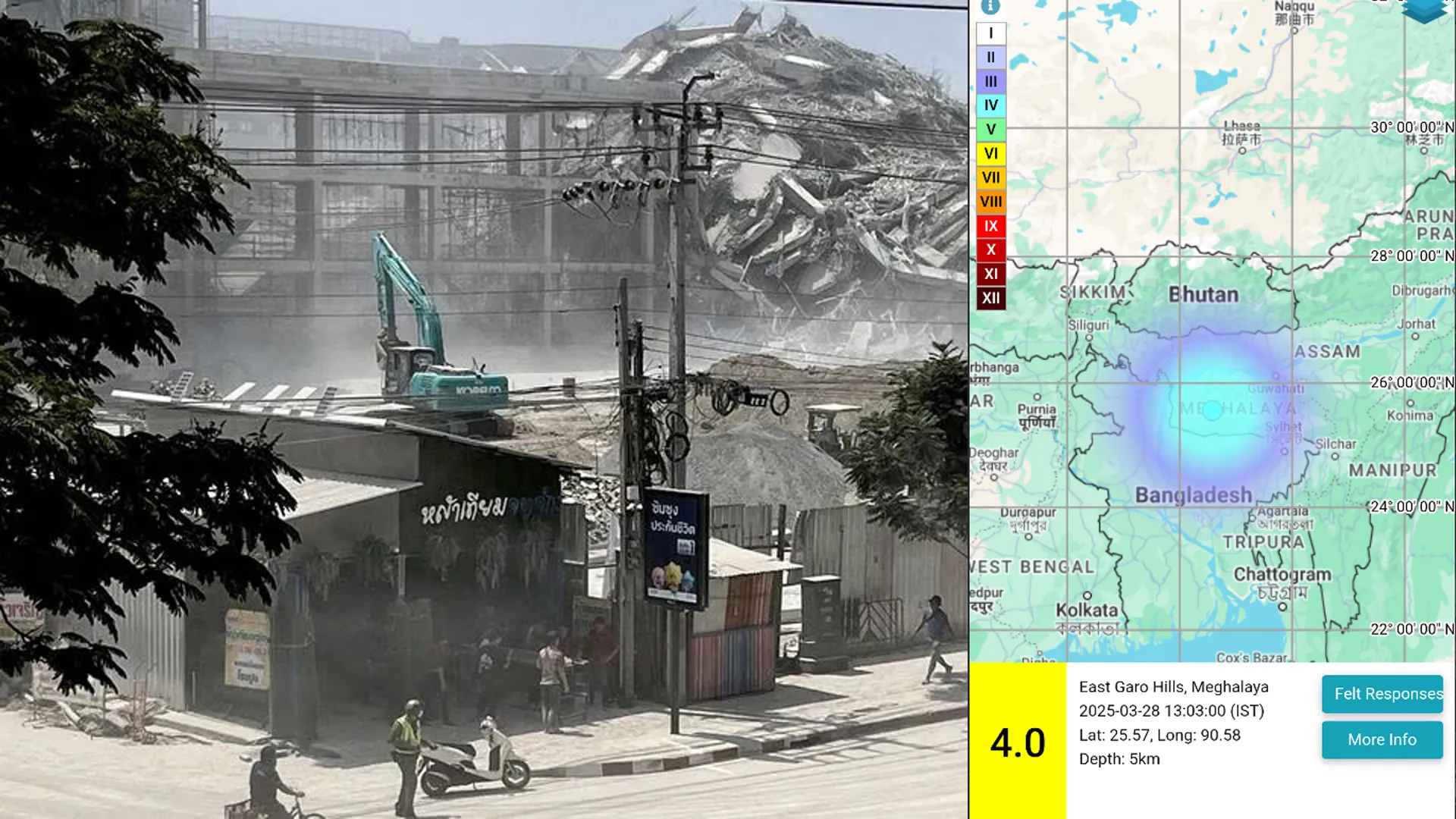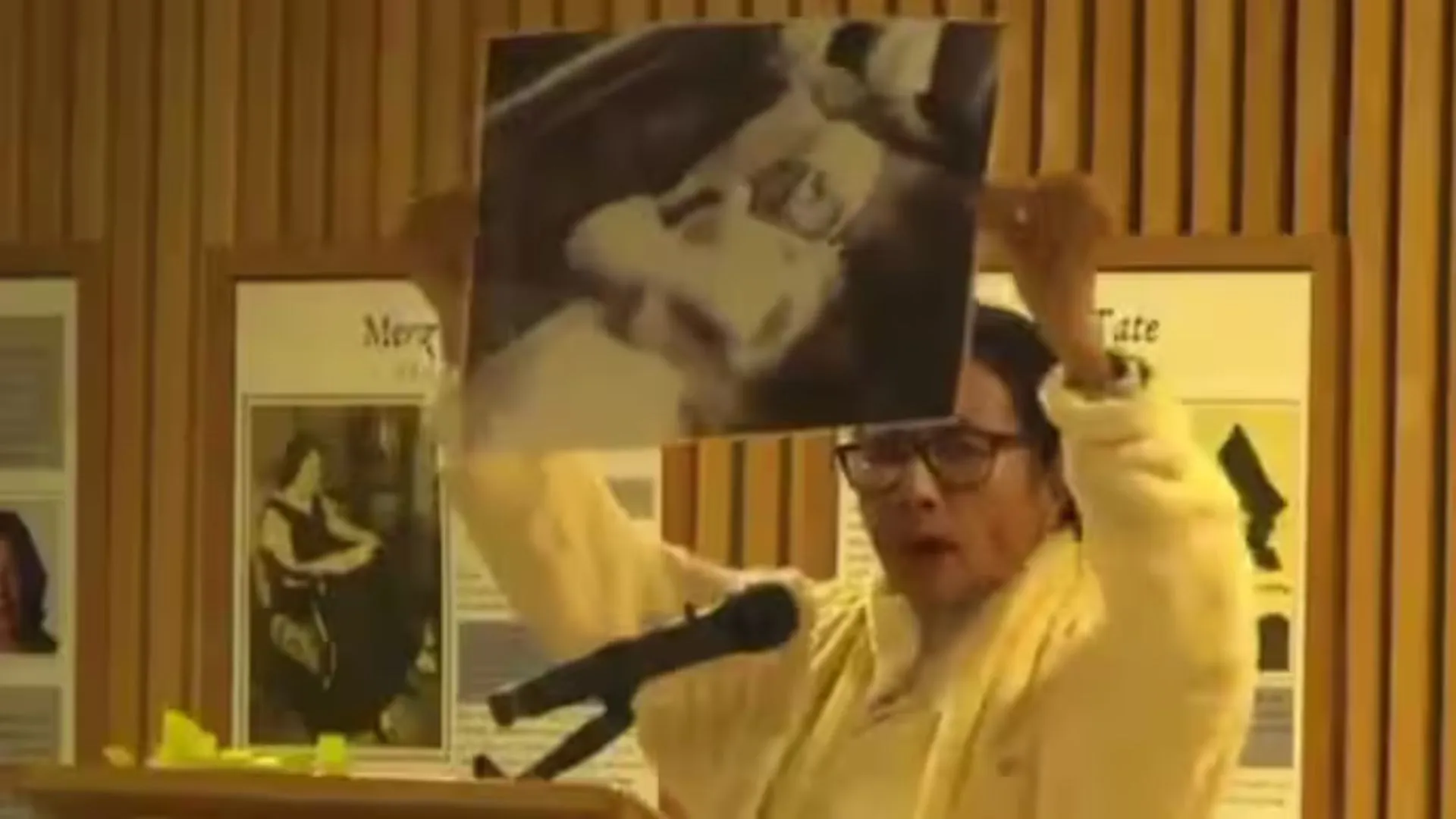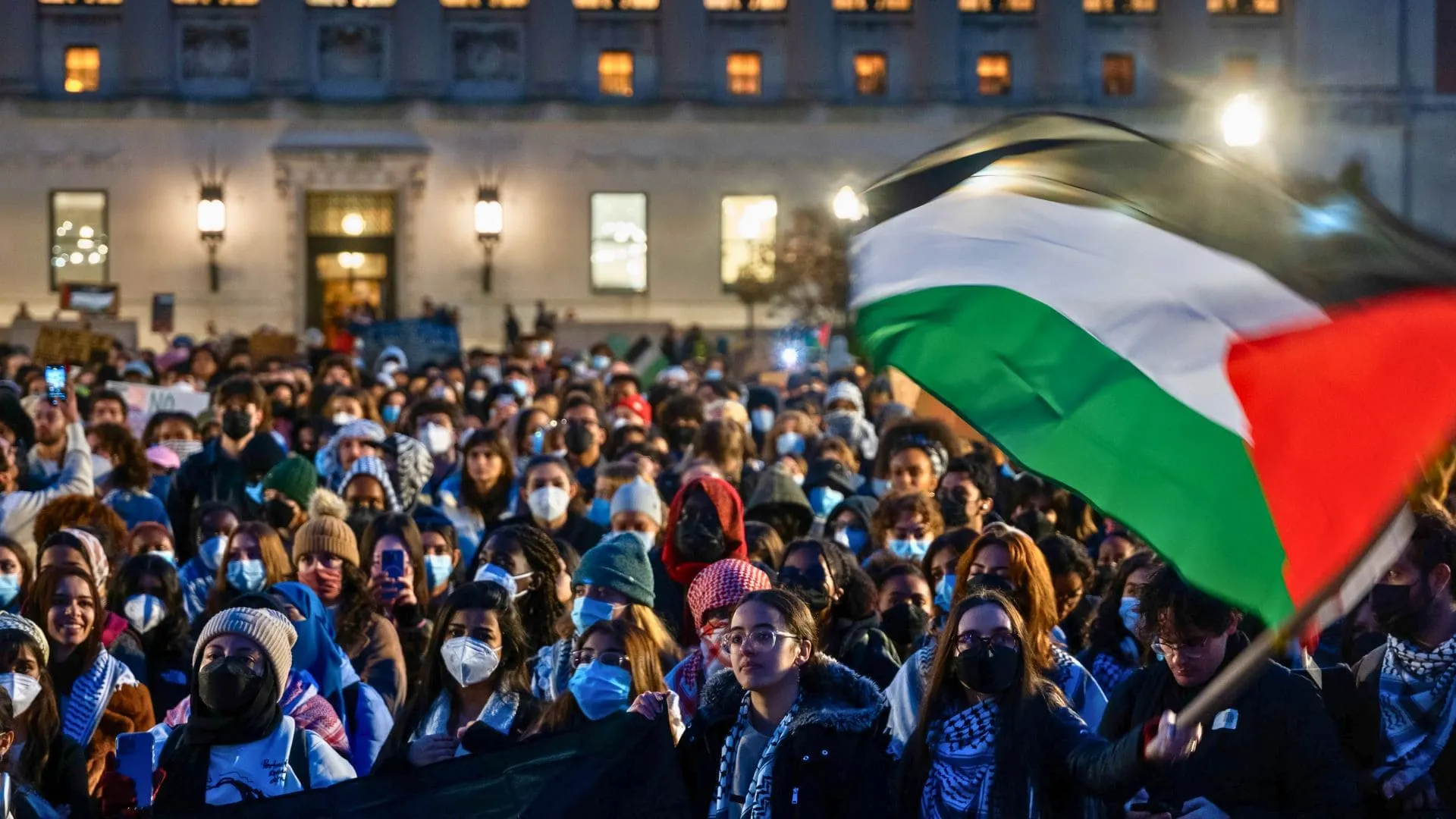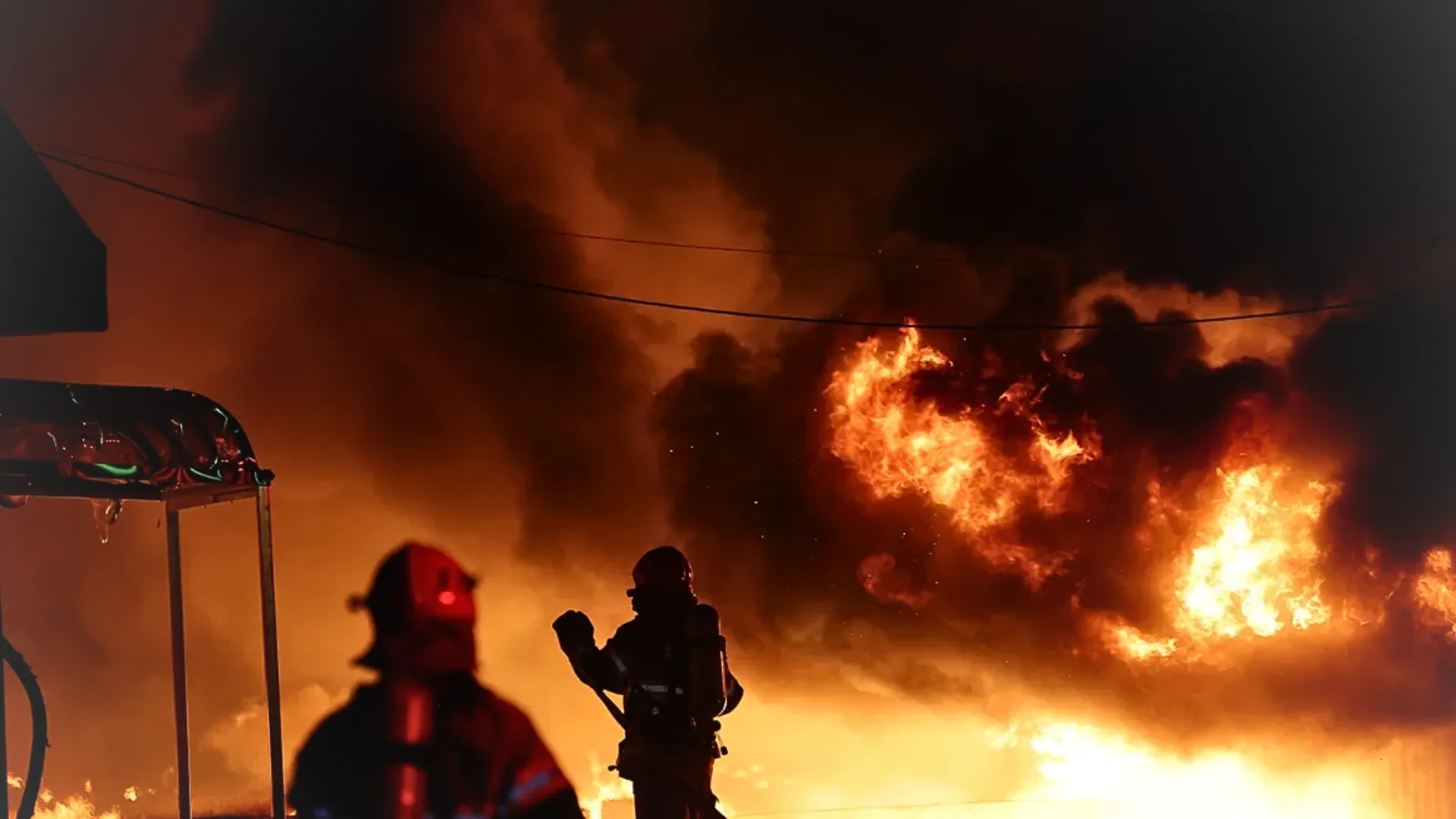Amid growing concerns over air pollution in the Delhi-NCR region, the Centre has urged Punjab and Haryana to bolster their efforts to curb stubble burning during the ongoing paddy harvest season. In an advisory issued on Saturday, the government called for strengthening of micro-level action plans for crop residue management to avert a potential air quality crisis as the region braces for its annual smog blanket.
At an inter-ministerial meeting held at Krishi Bhawan, officials flagged the likelihood of a surge in stubble burning incidents over the next two weeks, a period coinciding with accelerated paddy harvesting. Delayed procurement by millers in Punjab has slowed the harvest’s pace, but concerns remain about a sudden uptick in farm fires, particularly as neighboring Madhya Pradesh has now surpassed Punjab and Haryana in the number of reported cases of stubble burning.
According to data released by the Indian Agricultural Research Institute (IARI) for the week of October 19 to 25, Madhya Pradesh reported 536 cases of stubble burning, outstripping both Punjab and Haryana. However, Union Agriculture Minister Shivraj Singh Chouhan, who attended the meeting virtually, highlighted that efforts by all stakeholders had led to a significant reduction in stubble burning incidents.
“Cases have dropped by 35% in Punjab and 21% in Haryana compared to the same period in 2023,” Chouhan stated, emphasizing the importance of maintaining the momentum in crop residue management. The minister also pointed out that, since 2017, the overall number of farm fires in India has decreased by 51%, marking a positive trend.
Chouhan took to social media platform X (formerly Twitter) to share his commitment to the cause, saying, “We are determined to ensure that stubble is managed within the fields and turns from being a problem into a blessing. The Ministry of Agriculture, in collaboration with the states, is actively working toward this goal.”
The advisory urged Punjab and Haryana to promote the use of bio-decomposer solutions, which can break down paddy straw and eliminate the need for burning. The Centre suggested adopting these solutions in “mission mode” to ensure swift and widespread implementation.
Haryana Agriculture and Farmers Welfare Minister Shyam Singh Rana who joined the meeting virtually said, “the Haryana government has taken several steps to cut farm-fires and we have achieved positive results. Even the union agriculture minister Shivraj Chouhan was impressed with the progress made by Haryana and soon the state was heading towards zero stubble burning”.
In addition, the meeting touched upon the importance of curbing the use of firecrackers during the Diwali festivities, a measure aimed at preventing a further deterioration of air quality. The Centre directed state authorities to deploy resources strategically in hotspot districts, where stubble burning incidents are concentrated, to ensure enforcement of preventive measures.
Despite improvements in Punjab and Haryana, Madhya Pradesh has emerged as a new hotspot for stubble burning. The latest IARI data showed that Madhya Pradesh recorded 536 incidents, while Punjab and Haryana reported fewer cases.
Punjab has witnessed a significant decrease in stubble burning cases this year, with 1,857 incidents reported as of October 26, down from 3,296 last year and 7,036 in 2022.
In Haryana, 713 cases of stubble burning were reported as of Sunday, representing a more than 30% decline compared to last year. The situation was relatively better in Haryana, which saw a lower number of cases compared to both Uttar Pradesh (192 cases) and Rajasthan (203 cases) in the same period.
While the Centre acknowledged the progress made so far, officials stressed that the critical period for managing air quality lies ahead. The next few weeks, with Diwali celebrations and the culmination of the paddy harvest, are crucial in determining whether air pollution levels in Delhi-NCR will spiral out of control.





















